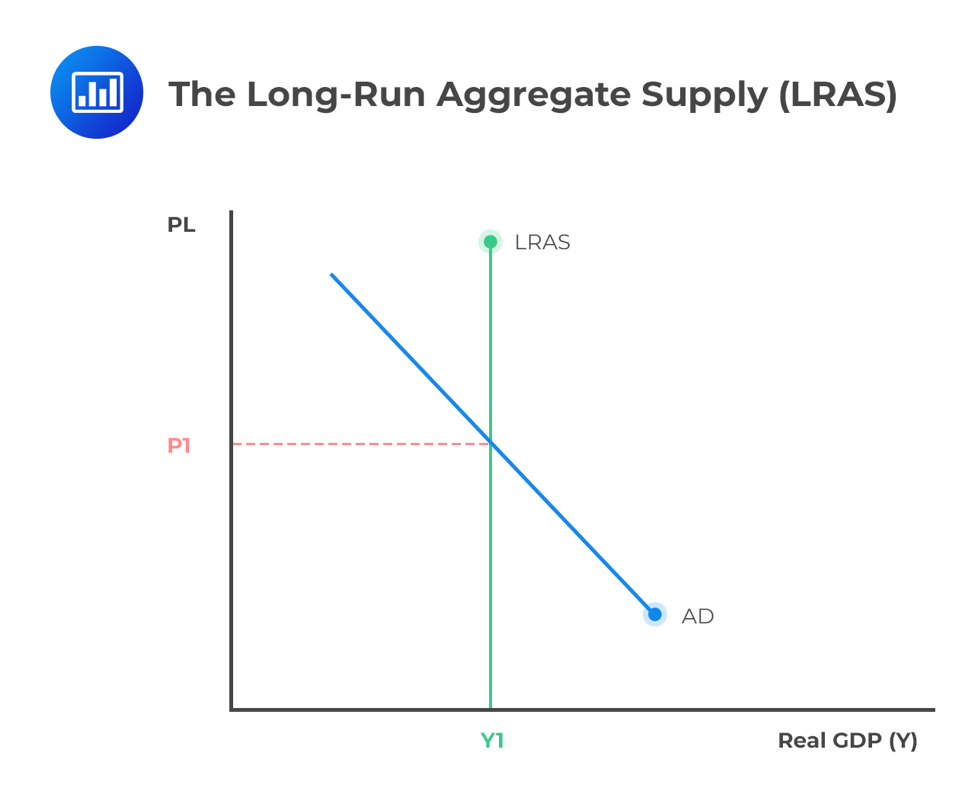Forward Quotations from Forward Points
[vsw id=”Kh3Lq2F_D3Q” source=”youtube” width=”611″ height=”344″ autoplay=”no”] Forward Quotations The points on a forward... Read More
[vsw id=”cRMasYNNsVA” source=”youtube” width=”611″ height=”344″ autoplay=”no”]
Aggregate supply refers to the total amount of goods and services that firms in an economy are both willing and able to sell at a given price level.
We must differentiate between the short- and long-run aggregate supply curves.
The long run is the conceptual time period where there are no fixed factors of production. In other words, it is long enough to allow wages, prices, and expectations to adjust but not long enough for physical capital to be a variable input. Firms change the supply levels in response to expected economic profits and losses.
Also, capital, labor, and technology contribute to factors that affect the aggregate supply curve because everything in the economy is assumed to be used optimally.
The long-run aggregate supply (LRAS) curve is static. Therefore, it is perfectly vertical, reflecting economists’ belief that the changes in aggregate demand result in a temporary difference in an economy’s output. As a result, in the long run, only one quantity is to be supplied.

In the short-run, rising prices imply higher profits that justify the expansion of output. In the graph below, a rise in price from \(P_1\) to \(P_2\) shifts the short-run aggregate supply (SRAS) to the left. Compared to the long-run, the nominal wage rate varies with economic conditions. Put another way, high unemployment leads to a fall in nominal wages, and an increase in employment leads to a rise in nominal wages.

In the short-run aggregate supply, firms are encouraged to employ more workers. The workers end up being paid slightly higher wages due to the demand and prices of goods and services. This can be seen in booming industries such as the technology industry in Silicon Valley. An increase in wages and raw materials makes the SRAS shift to the left. The inverse is also true.
Question
Which of the following statements is the least accurate regarding the long-run aggregate supply?
A. The long-run aggregate supply curve is static
B. In the long run, only one quantity is to be supplied
C. The long-run aggregate supply curve is perfectly horizontal
Solution
The correct answer is C.
Options A and B are accurate statements regarding the long-run aggregate supply curve.
Option C is incorrect. The long-run aggregate supply curve is perfectly vertical, reflecting economists’ belief that the changes in aggregate demand result in a temporary difference in an economy’s output.
Get Ahead on Your Study Prep This Cyber Monday! Save 35% on all CFA® and FRM® Unlimited Packages. Use code CYBER30 at checkout. Offer ends Dec 1st.